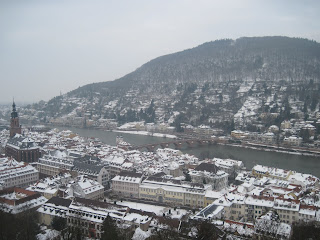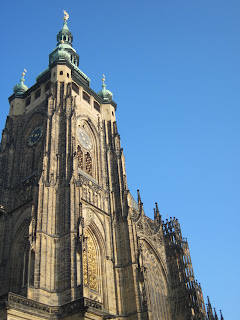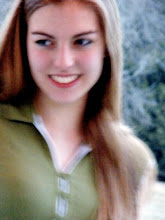
My favorite part of this trip was experiencing Germany for the first time. It is a country I have wanted to visit my whole life, but I never before had the opportunity. I learned first-hand that German spoken in the "real world" is much different than the artificial setting of the classroom.
One of my favorite events on the trip was seeing the Nutcracker Ballet performed at the Opera House in Vienna. It was my first time seeing that play performed and seeing it performed in such a beautiful, famous opera house made it an experience I am not likely to forget.
Another unforgettable moment would be seeing Neuschwanstein Castle. The castle looked nearly indescribably beautiful covered in snow.









